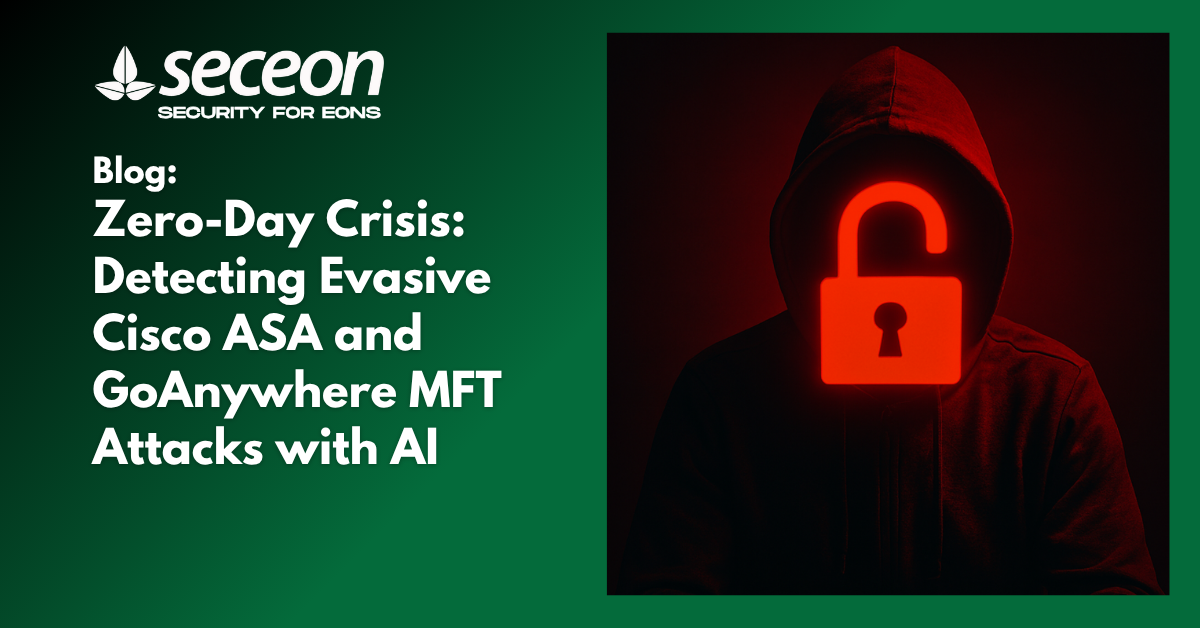
The Cold Hard Truth: Patches Are Not Enough
In recent weeks, the cybersecurity world has seen urgent warnings from CISA and major vendors about the active exploitation of critical vulnerabilities. Specifically, zero-day exploits targeting Cisco Adaptive Security Appliances (ASA) firewalls and platforms like Fortra GoAnywhere MFT have demonstrated a troubling trend: attackers are not just knocking at the door; they are already inside before the vendor even knows the door is unlocked.
A zero-day attack exploits a software flaw before the vendor has a patch (zero days to fix). For organizations relying on perimeter security and timely patching, these attacks are devastating.
The Anatomy of the Evasive Zero-Day Attack
Why are these recent zero-day attacks, particularly the ones targeting Cisco ASA and MFT, so dangerous? They prioritize persistence and evasion over brute force:
These attacks highlight a crucial security blind spot: you can’t patch a vulnerability you don’t know exists. So, how do you defend against an unseen enemy?
The Seceon Difference: Shifting from Prevention to AI-Driven Response
Since perimeter defense is failing, the modern security focus must shift to early detection of the malicious activity after the initial breach, the post-exploitation phase.
At Seceon, our AI-driven platform excels at this very task. Here is how continuous Network Visibility and Behavioral Analytics defeat evasive zero-day threats:
Conclusion
While waiting for a patch, your best defense is a platform that can see everything and understand normal behavior. Zero-day attacks prove that relying solely on vendor updates is a losing strategy. By implementing AI-driven detection and automated response, organizations can regain control, detect the most sophisticated APTs, and cut off the attack chain in the critical minutes following exploitation. Don’t just rely on security controls; embrace the power of AI/ML security analytics.
